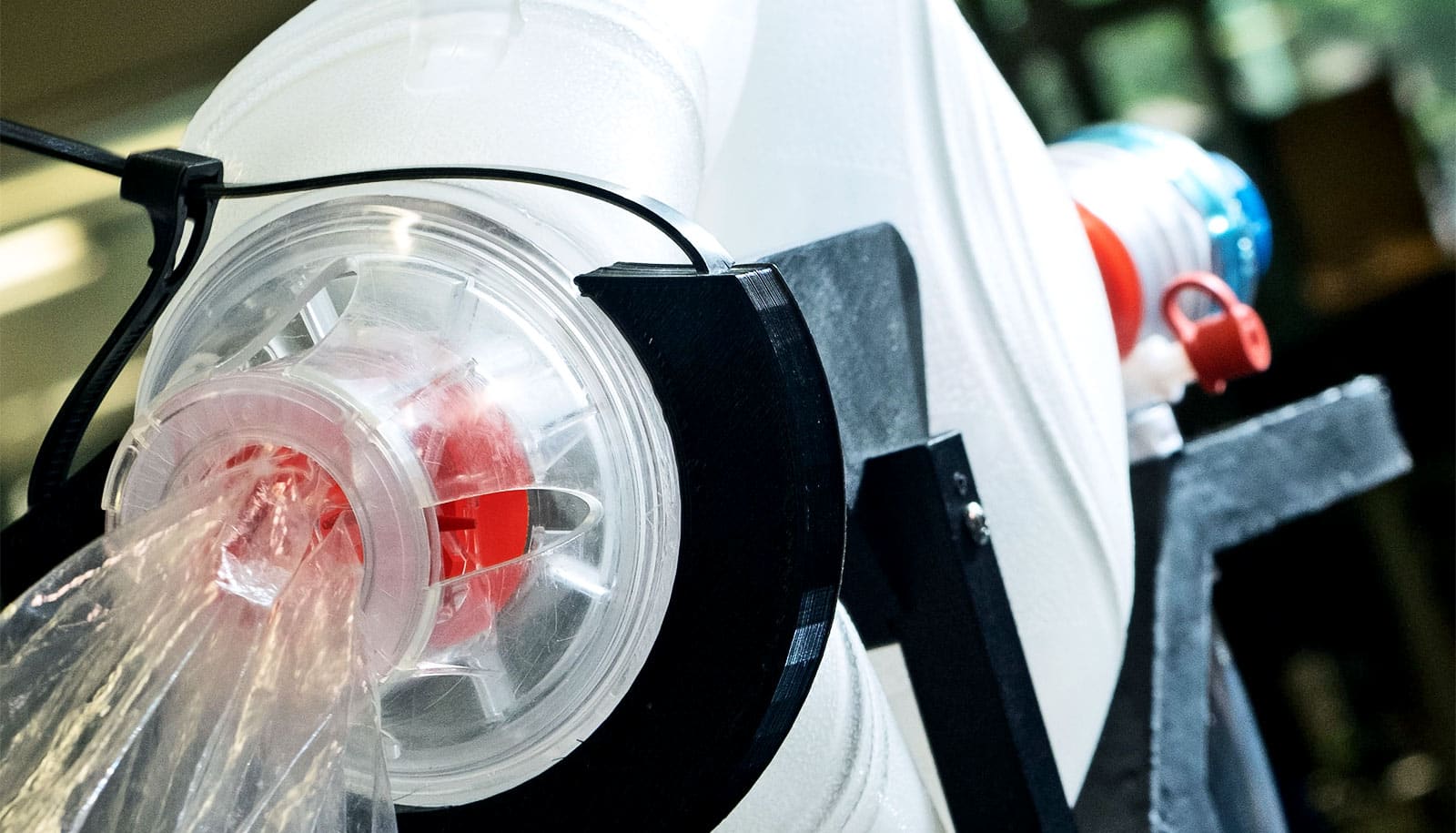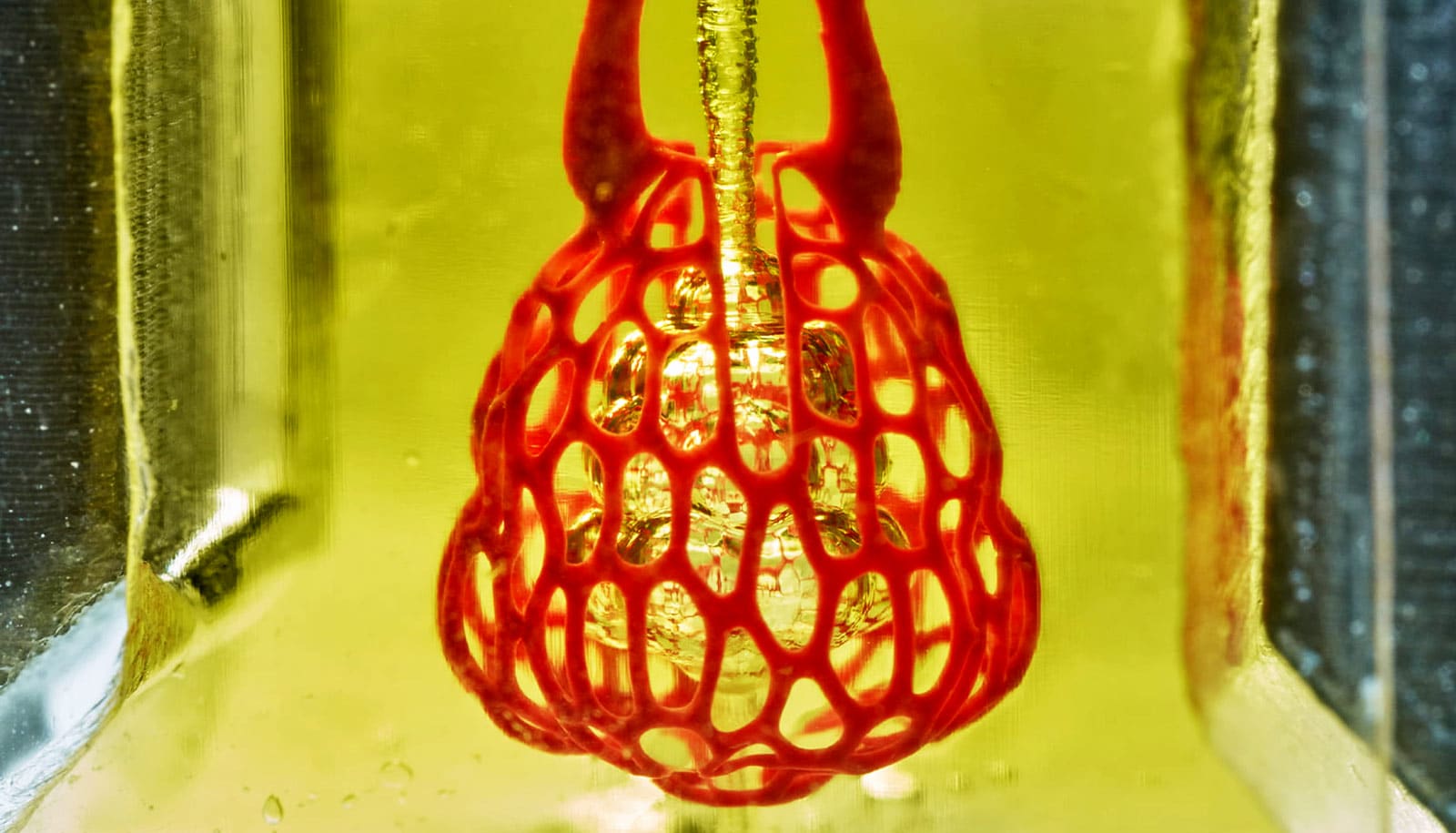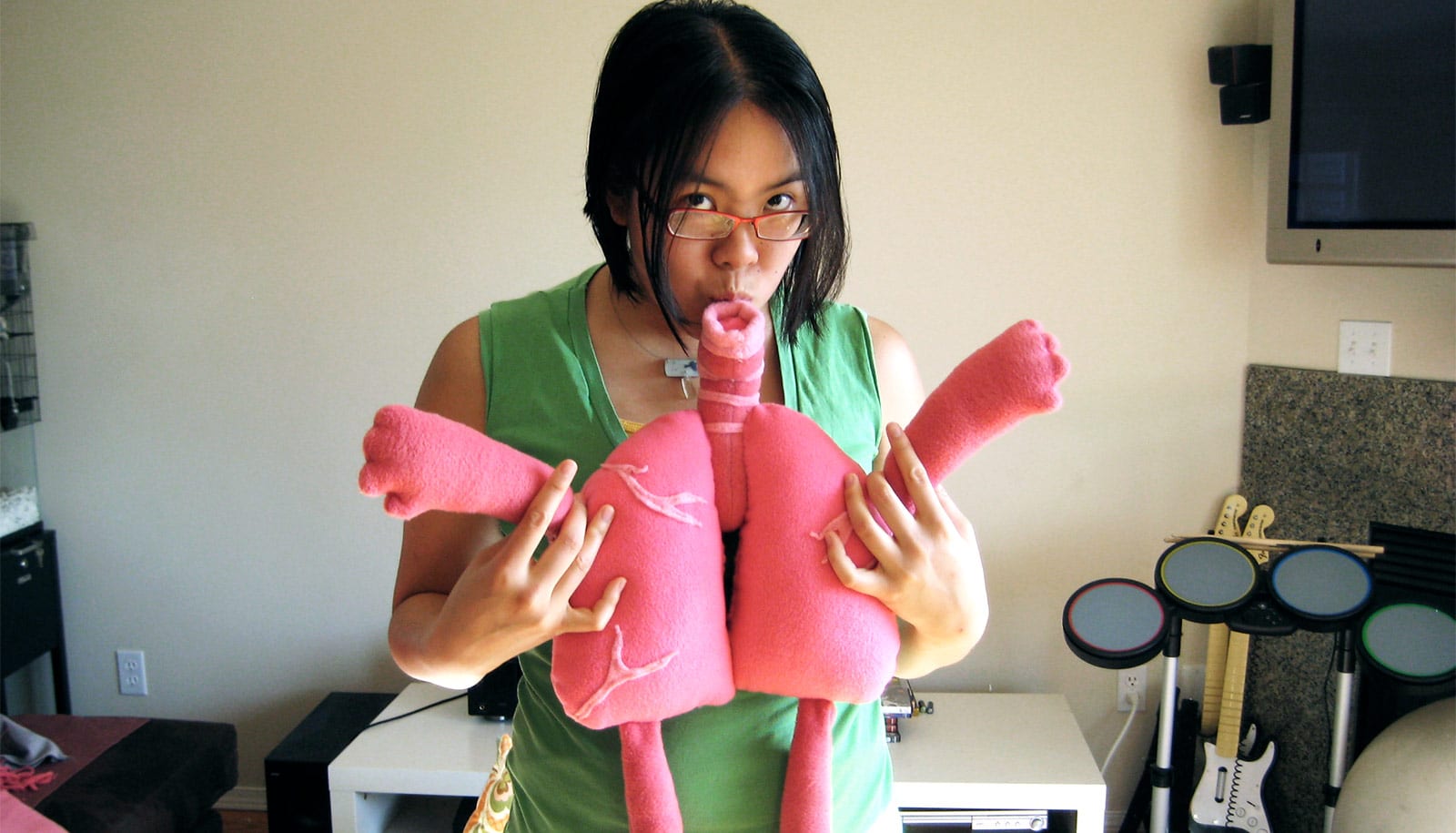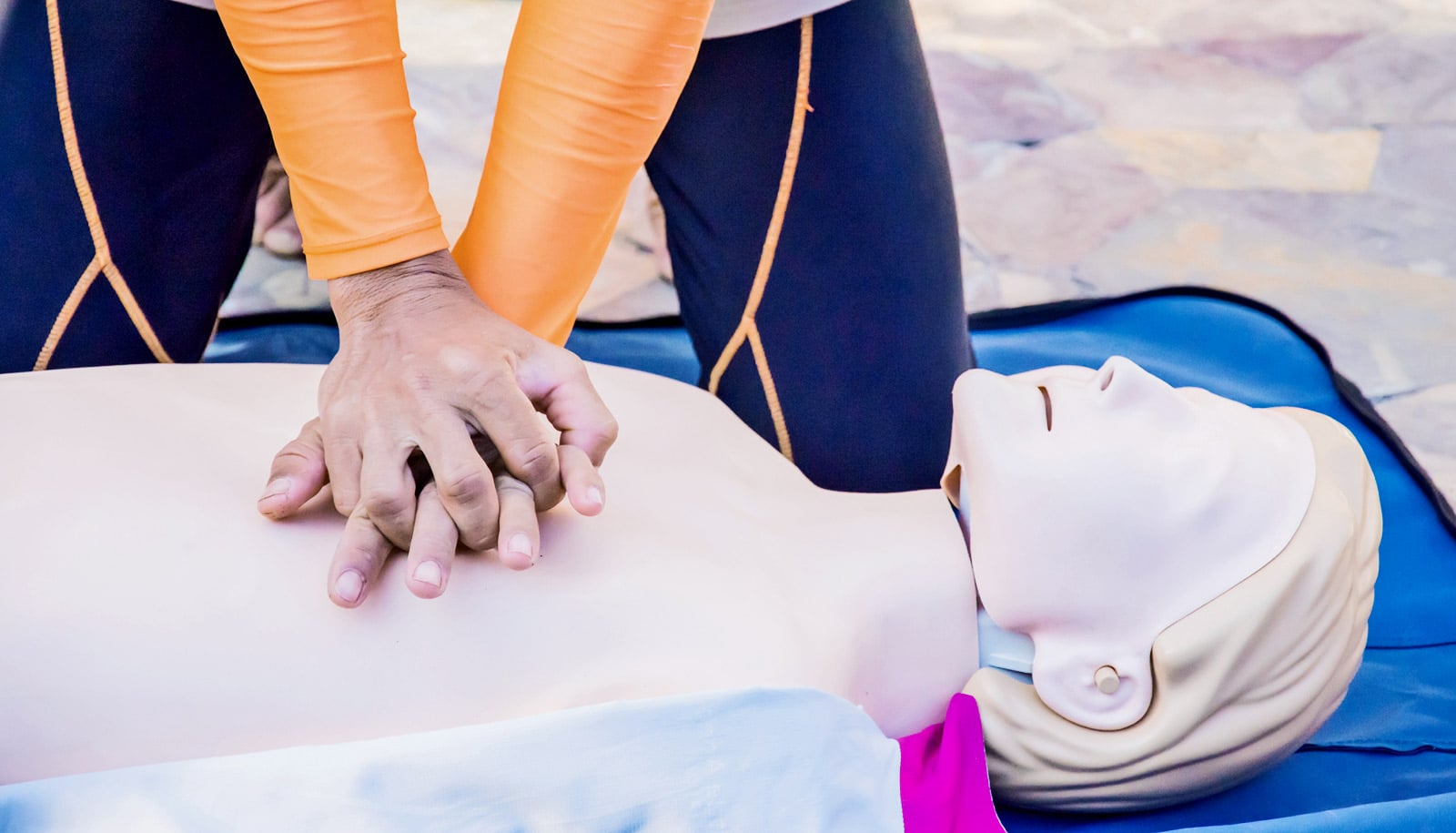A new cost-effective device automates the compression of manual bag valve masks, which feed fresh air into the lungs of intubated patients.
The inspiration for the student-led project came when team member Natalie Dickman was covering a shift with Houston EMS, a requirement of a Rice University class in emergency medical techniques.
She squeezed the bag again and again in an effort to revive a victim of cardiac arrest. After a mere 3 minutes, she couldn’t squeeze any more.
“The patient had been down for 30 minutes and there wasn’t much hope, unfortunately,” Dickman says. “I was allowed to bag, but they make you switch in EMS settings because they know you won’t be as accurate once you hit that 2-to-3-minute mark. You get really tired.”
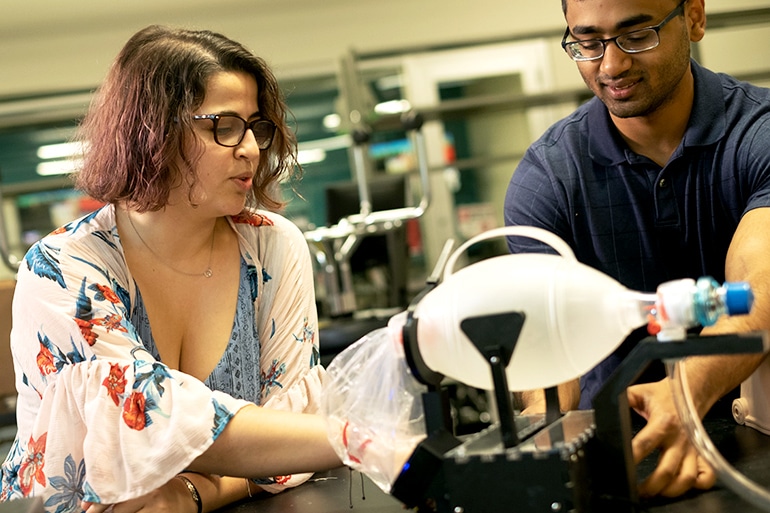
Dickman and other engineering students developed a device that compresses the bags for hours, rather than minutes, with settings to feed the right amount of air to adults, children, and infants.
The device seems simple—a box with paddles that rhythmically squeeze the bulb a programmed amount—but the engineering behind it is not.
The students used a $25, off-the-shelf motor and $5 microcontroller to power and program the rack-and-pinion device made primarily of plastic parts, which they 3D-printed. They hope the use of inexpensive materials and the growing availability of 3D printers will make their machines easy to repair on-site.
The team says they anticipate the device, which cost $117 in parts to build, will be most useful in low-resource hospitals or during emergencies when there aren’t enough portable ventilators to meet the need.
Rohith Malya, an assistant professor of emergency medicine at Baylor College of Medicine, brought the problem to the students after watching family members at the Kwai River Christian Hospital in Thailand, where he is director of emergency medical services, squeeze intubation bags for hours on end to keep loved ones alive.
“There is no reliable ventilation,” says Malya, who spends a month at the hospital every year. “Once we intubate somebody, the family has to bag the patient. But the family will get tired after a day and say, ‘They’re not getting better right now, just pull the tube and see what happens.’ And then the patient dies.”
Malya previously worked with Rice engineering students to develop a syringe regulating pump.
“The bag mask is ubiquitous, like the syringe,” he says. “Nothing has challenged it for 80 years. It’s stood the test of time, it’s reliable, and it’s simple. And now we’re adding a modification to the original device so families don’t have to make those decisions.
“This will broaden the access to mechanical ventilation to a tremendous part of the world that doesn’t have typical ventilators,” says Malya, who plans to take the proof-of-concept device to Thailand for field testing next spring.
The device is much smaller than the sophisticated ventilators found in American hospitals and portable versions used in emergency situations. Critically, it needs to be operational for long stretches. In its most recent test, the team ran the device for more than 11 hours without human intervention.
The students expect another team will build a more robust version next year, and hope medical personnel will eventually use it in low-resource and emergency settings. They anticipate a better-sealed and filtered box with sophisticated controls will be more suitable for hot, dusty environments, and say future designs should include more sophisticated controls.
“If they can get it working fully in that kind of environment, this will be saving lives,” says team member Madison Nasteff.
Source: Rice University
